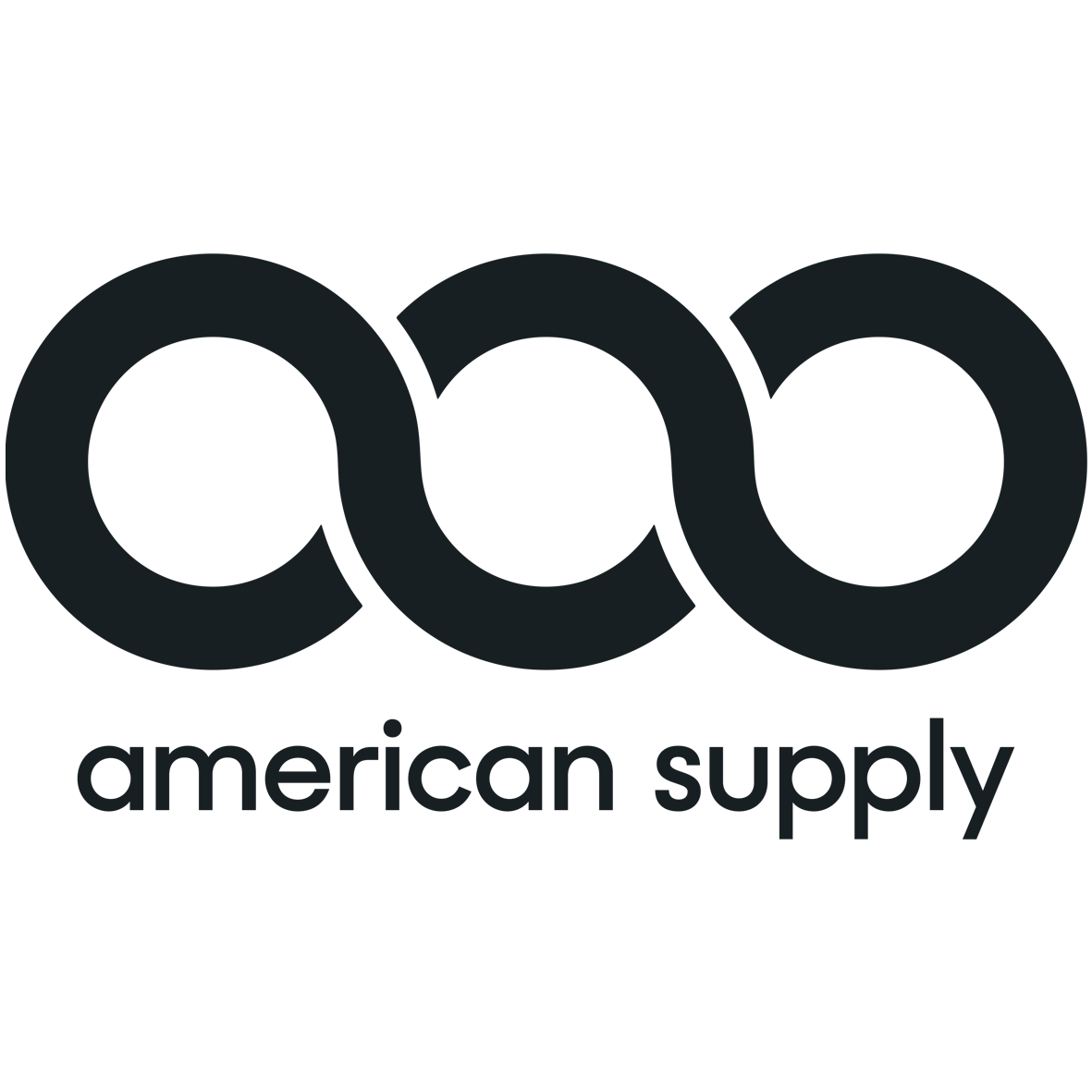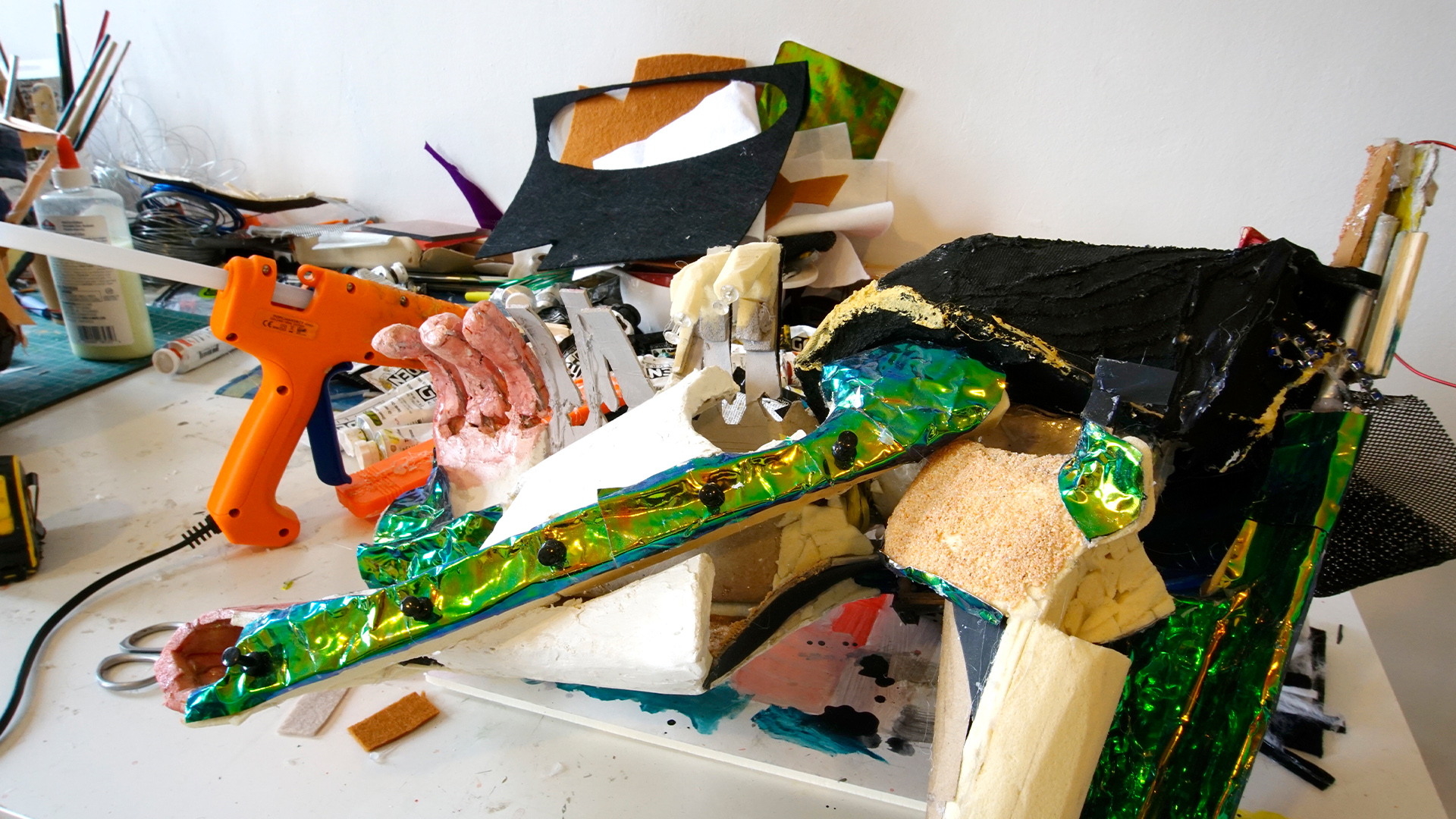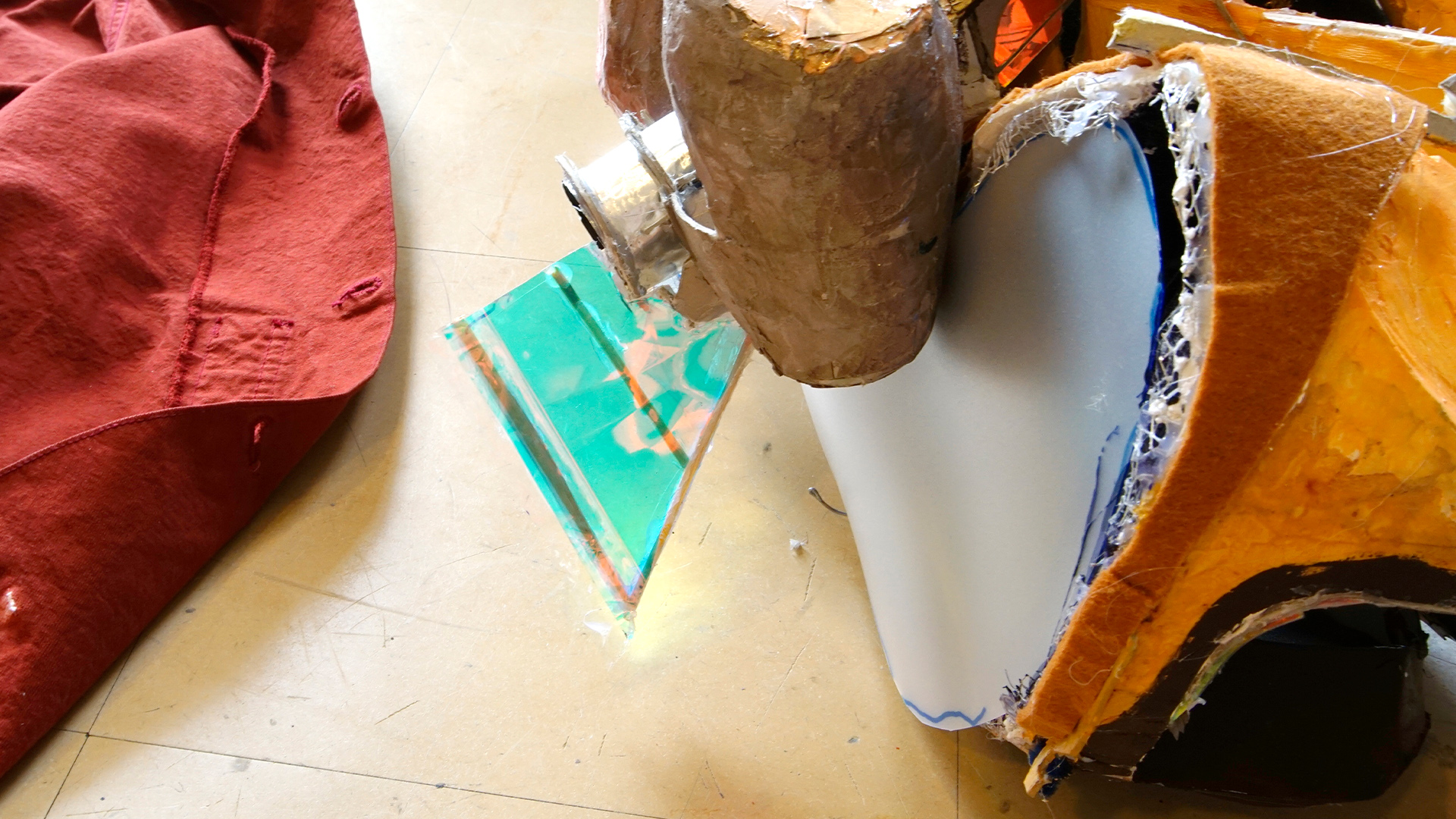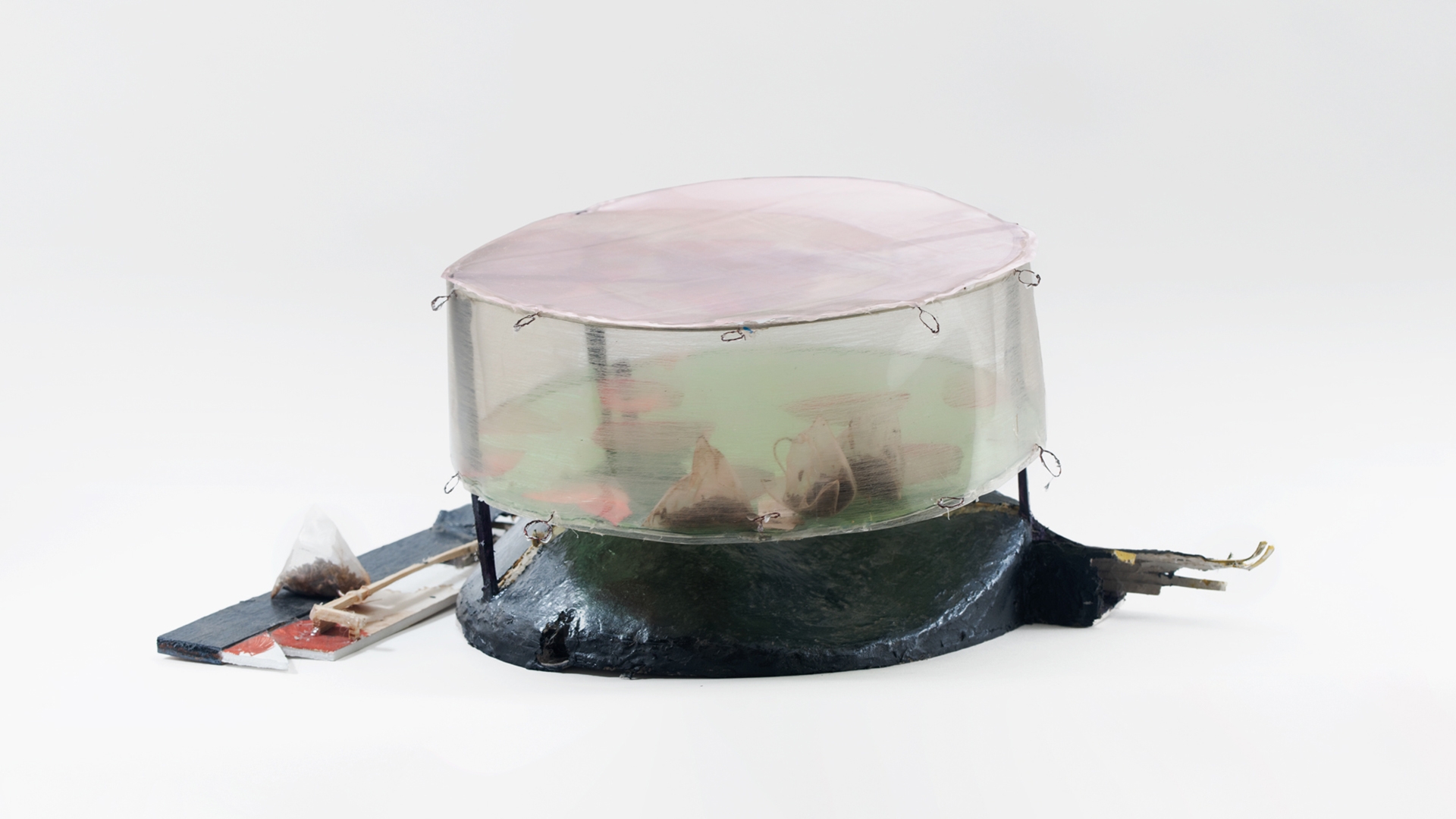Story of the Month
In the studio with Anders Dickson
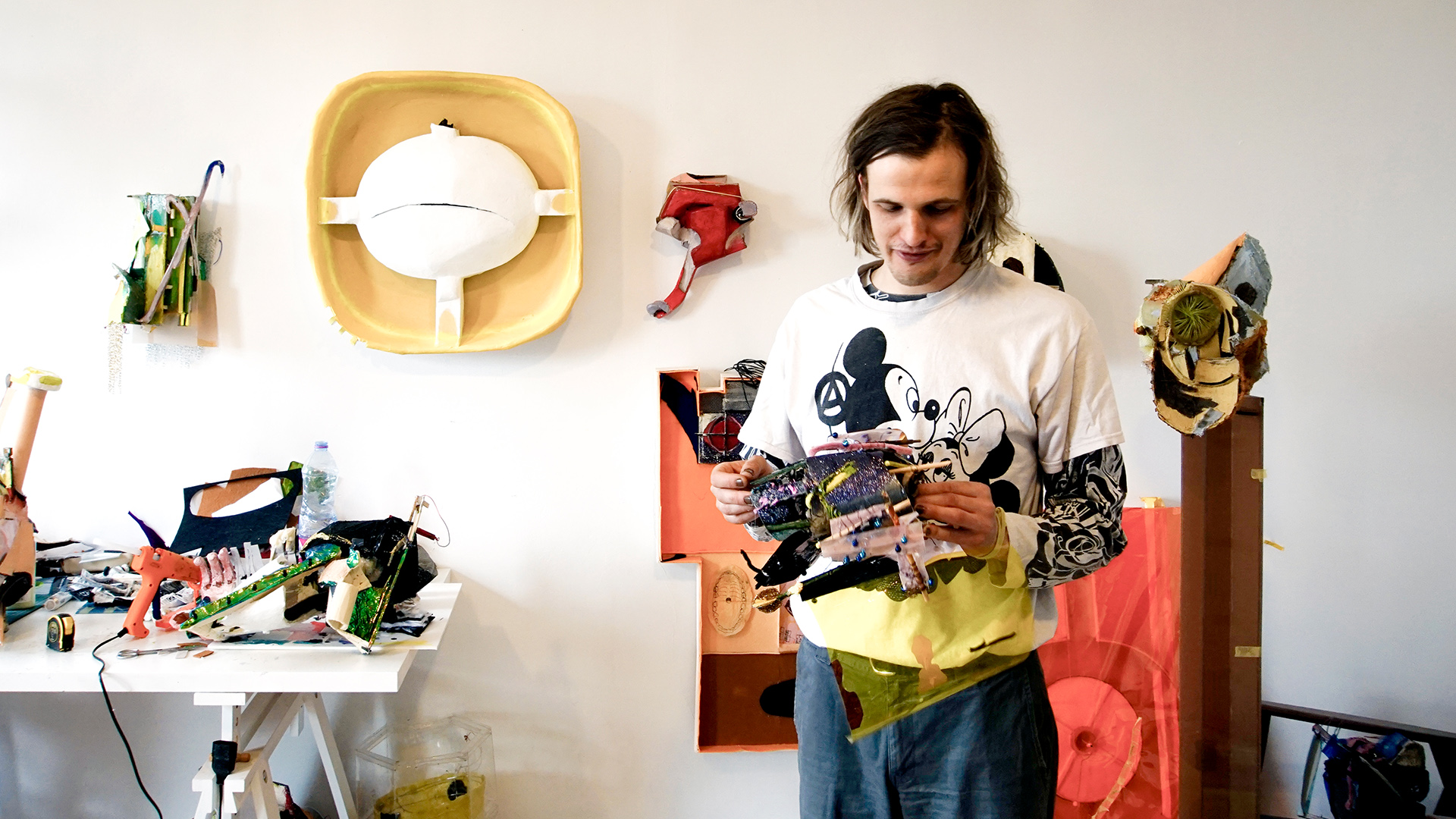
AD: *laughs* I’m laughing because when I pick things from your showroom, I select many different materials, and buy small quantities, whereas I imagine that fashion designers pick one material and buy large swathes of it! I use very small pieces of each material in the works as elements, and the rest makes up my studio stock.
AS: You might be surprised to hear that we work with many embroiders who also take lots of different materials in smaller quantities and use small pieces to make flower petals or details in exquisite embroidery applications. Compared to them, you’re using them in much larger pieces!
AD: I’m always impressed by the team there and their ability to see and suggest things. Your showroom is so psychedelic and full of impressions, that if I was there every day I would have to go home to an empty white room, to sensory detox every night!
That has been hard for me recently because I’m living in the studio at Cité. I’m clean and ordered at home, and the rest happens in the studio. I come from a family of engineers and scientists, so they are very structured in their thoughts. I studied philosophy before the arts, so I have a tendency towards structuring, but, also, an affinity towards being psychotic – or navigating the weirdosphere – and the great thing about art is that it gives you the parameters to go far out within this paradigm. It is easy to do this when the studio is separated from the homeworld, when you get back home you can reflect on what you made, cook etc. That distance is important to me. Over Christmas I had Covid, and I had to isolate myself here for ten days, which evolved into three and a half weeks, hitting me hard with vertigo. My perception was disturbed.
AS: Were you able to work in the studio during that time?
AD: As you can see, a lot of the work is rather intense: nothing has clear form, the materials are varied, the colours are bright etc. And I also use a lot of hot glue and didn’t want to use anything that could potentially affect my breathing. In that period, I ended up painting more and making drawings. The Covid work was more of a preparatory phase for the ideas for the show that is coming up in Amsterdam. In the studio I allow myself to be messy and chaotic, so I found myself sitting at my desk with my back to the work!
Sculptural works incorporating American Supply materials
Images courtesy of Anders Dickson
AD: I tend to show them together so that it doesn’t always feel like the same things are in the same room. I think for this upcoming show there will be a smaller room that is a painting realm, and the sculptures will live together. I am interested right now in how to embed the graphic world, the pictorial plane, into the objects too. So that there is not such a clean-cut between representation and physical objects.
AS: There is also a lot of painting in the sculptures too…
AD: I think the beginning of the sculptural practice, and installation practice, comes from drawings, watercolours, linear elements and colour gradients. I like to cover the materials with paint. I was considering using plinths in the upcoming show, like a did in the show at Balice Hertling, and right now I’m intrigued by the idea of – because of their scale – using different jackets and coats to present the sculptures on. So that they don’t rely too much on the paintings in the space. This is just an idea for the moment…
AS: It’s also interesting because you made these things in a space that is both domestic and workspace. So, they merge studio-life and real-life, especially if you turned your backs on them while they were being made!
AD: *laughs* Yes! I’m intrigued by it; I will take a lot of jackets with me in my suitcase and play around with them in the space.
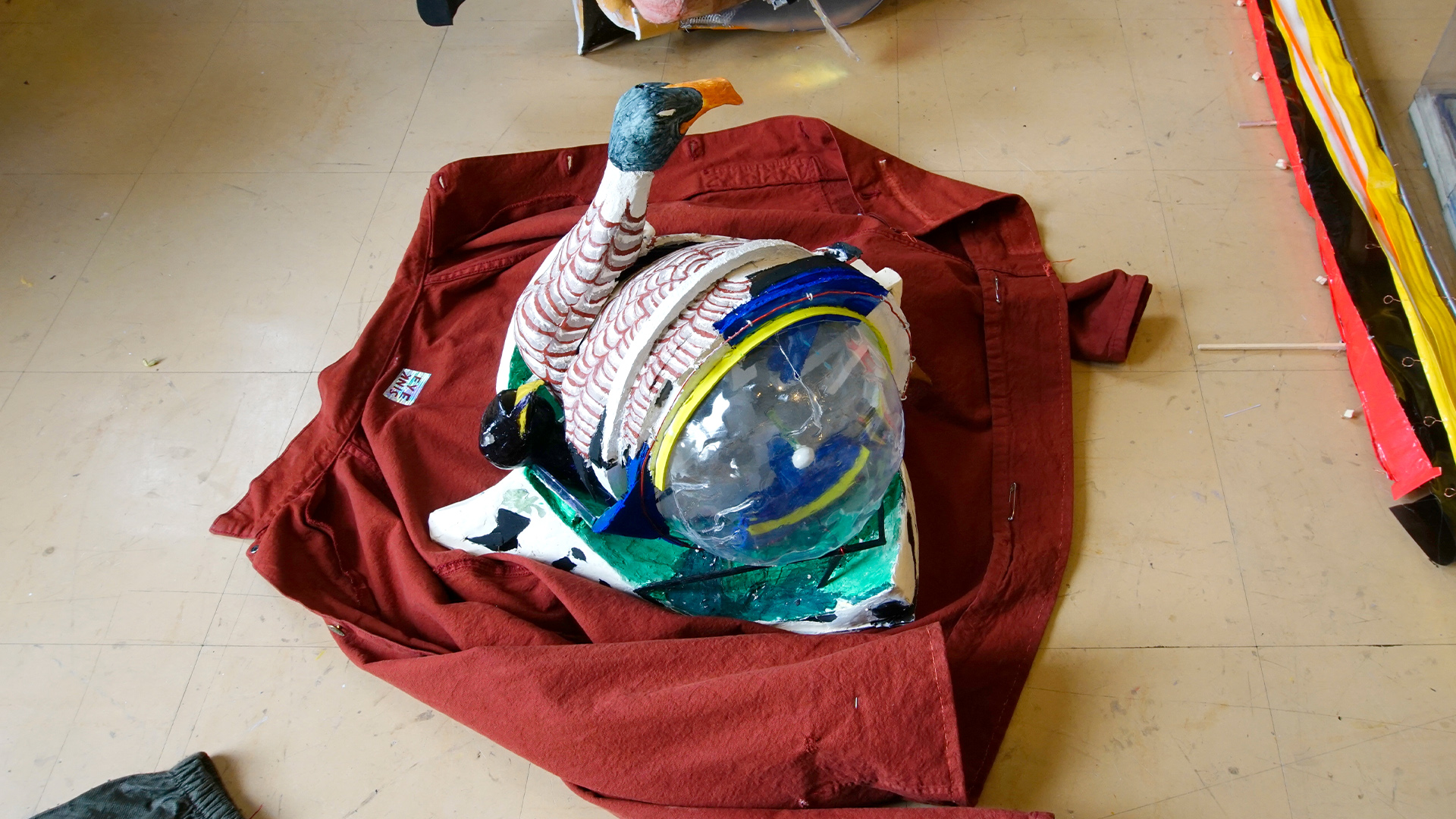
AD: Absolutely. I’m really into the process philosophy understanding of the world, object-oriented ontology as well – I start with an impulse to make something and then try to exert a force on the materials to make them comply with the idea, and it usually reaches an impasse, where it’s not reaching my expectations. At that moment, there’s usually a destructive moment where I start breaking things apart or covering them with colour.
In ‘Zen and the Art of Motorcycle Maintenance’ there’s this great moment where the author talks about the idea of ‘gumption’ – imagine you are trying to remove a bolt: you try so hard that you end up stripping it, so now, not only do you have to remove the bolt, you also have to cut the panel it’s mounted on which creates even more work because you’re so close to the problem that you can’t see it from a greater perspective. At that moment you step away for ten minutes and realise you can jimmy it and it comes off smoother, with ease.
With my practice, I’m often so tied to it that when a problem arrives, I end up just breaking something, but I realise that that moment is important to me too because after that breaking moment the materials are not subservient to my expectations of what I want them to be, and at that point, I can work together with them and see the qualities that I first saw in them. The way I work with materials is like a rune system, I pull them together from different sources – yourselves, the street, and other suppliers – and then I select three or four and work out how I will work with them. There’s a lot of unconscious at work.
AS: Does the composition of the material concern you? We are focussed on sustainability, and eco-innovative solutions, and have a lot of conversations about material composition in the showroom. We encourage people to work with materials that are more suited to their application. For example, thermo-moulded plastic parts in aeroplanes are the most sustainable material solution for the job. They are lightweight – meaning the craft uses less fuel to fly – and hard-wearing, therefore long life, in a high traffic environment. The way that you use plastic materials sparingly in your sculptural works, emphasises their preciousness. There is an ecological implication there somehow.
AD: I love the transparencies and psychedelic hallucinogenic aspects of a lot of the materials you have, and I work with them alongside paper-mâché, and wood, but ecologically, even acrylic paint is problematic… It’s easy to hate plastics but Ivory used to be used to make piano keys, and so many innovations were made thanks to plastics.
Everything is made with a personal touch and there is no outsourcing, I appreciate a personal charge and a personal relationship with the material. A lot of these materials are found or sourced from places like yourselves – which makes them nobler as they are more costly than some others – but as a DIY practice there is something about assemblage and bricolage, and a lot of the works speak to the idea of upcycling. Art making is transformative and alchemical, but I like the idea of collaging and using materials that have their histories or DNA into new objects.
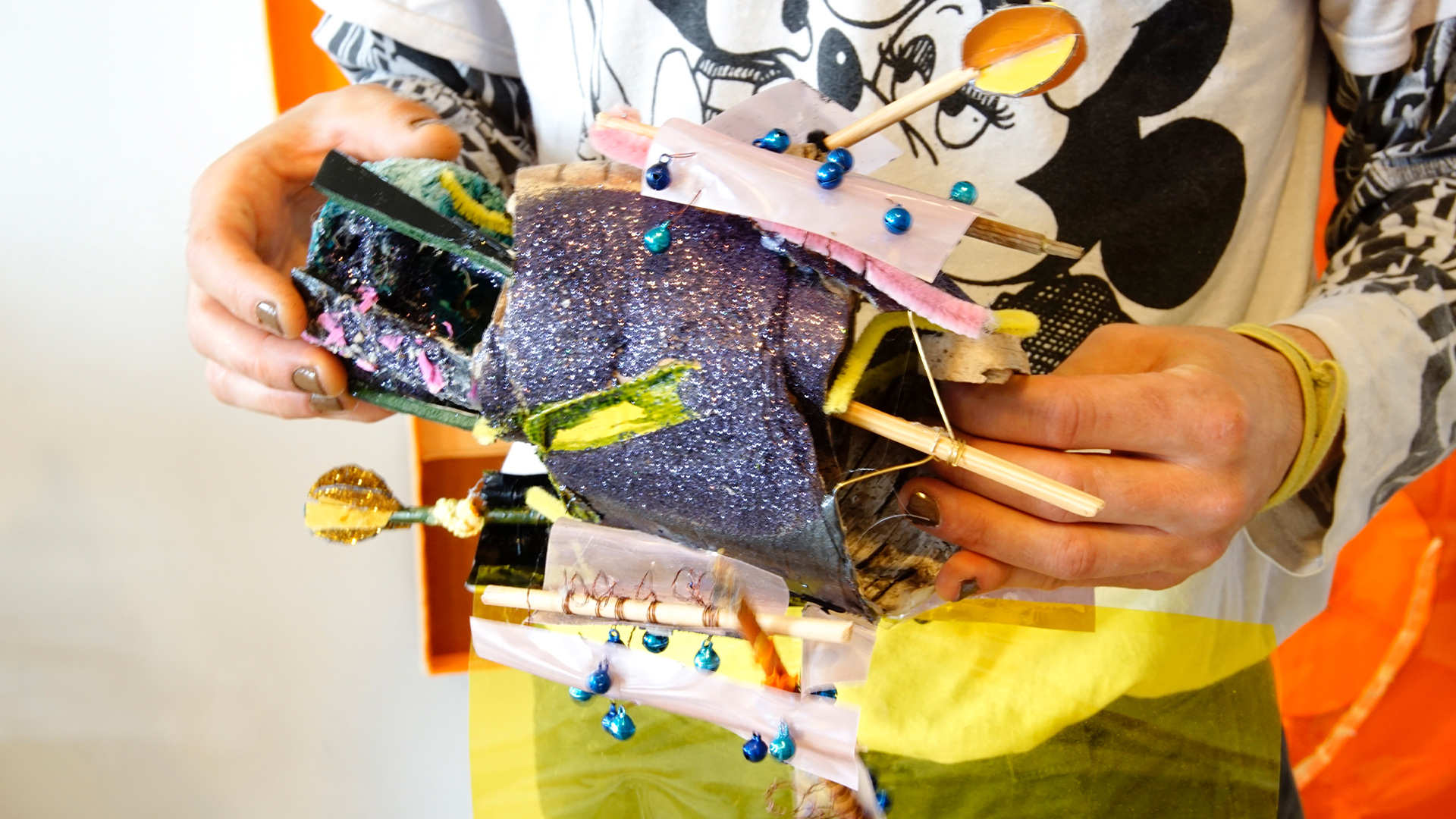
AD: It is difficult too because I choose things from American Supply that are so strong and seductive, that I have to embed them into my language. A lot of these objects are highly charged frenetic objects, which are loud, so I like the idea that some things in the space are larger and quieter. Thinking about the static jumping from one object to another, this piece is reliant on how beautiful this strong yellow Reflective Prisme is. I’m interested in layering watercolours behind it too to see the special optical effect of the material.
I also integrated this pink Tinted Fluo into this work here, with a layer of pink Reflective Prisme on top, which creates a wormhole almost, with the distance between them.
AS: It’s almost like a gazing pool! That’s very beautiful.
AD: Or a belly button!
AD: This is what I was referring to earlier, I think it’s very easy to be seduced by your materials and want to show them in their raw form. This is ok in moments, you can make a sculpture out of just plaster, or bronze, but these materials themselves are very seductive. I feel they are noble, they have a strong value, but they shouldn’t be put on a pedestal. They must work their way into the material universe of the works, and not just take precedence. In the past, I have cast things in bronze or used expensive epoxy clays, but this juxtaposition between expense and value in the works is sometimes problematic. Sometimes the value of things makes them harder to work with. At Elena Filipovic’s recent conference on David Hammons’ work at Bourse de Commerce, she talked about a restriction he imposed on himself in the ‘90s to fix his material budget to 6$ per sculpture! This was at the same moment that his friends were working with exotic papers and materials, and it appeals to me this idea, that you don’t have to invest exclusively in expensive materials. It is valid as a practice, but that’s not my intrigue.
AS: Of course, and we wouldn’t be sitting here together if we weren’t seduced by materials! Materials are seductive and they do have charge, power and agency.
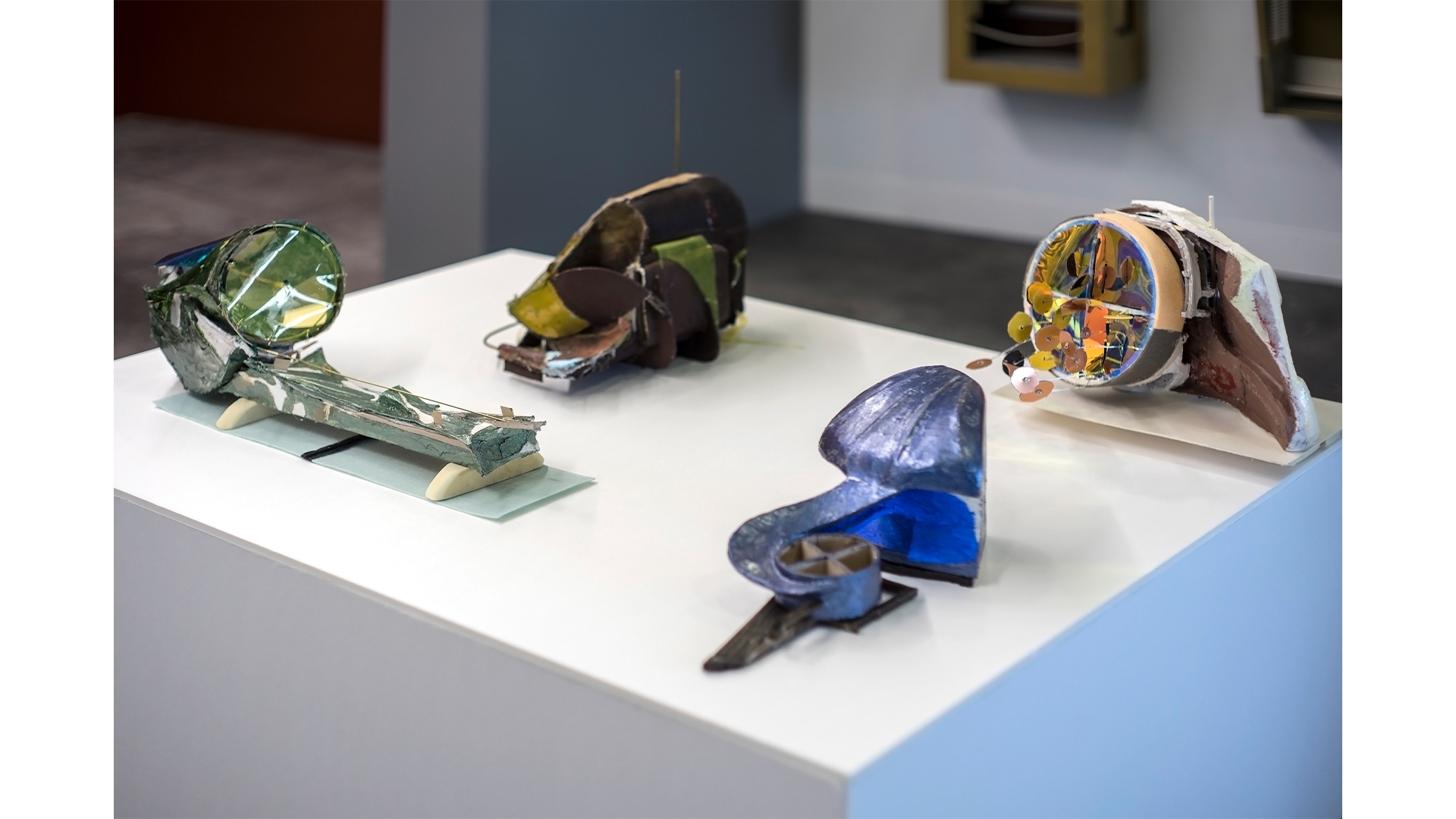
Sculptural works incorporating American Supply materials
Images courtesy of Anders Dickson
Anders Dickson’s show in Amsterdam opens on April 23rd, at PAKT art centre
P/////AKT
Zeeburgerpad 53
1019 AB Amsterdam
All images are courtesy of American Supply & Anders Dickson unless otherwise stated.
